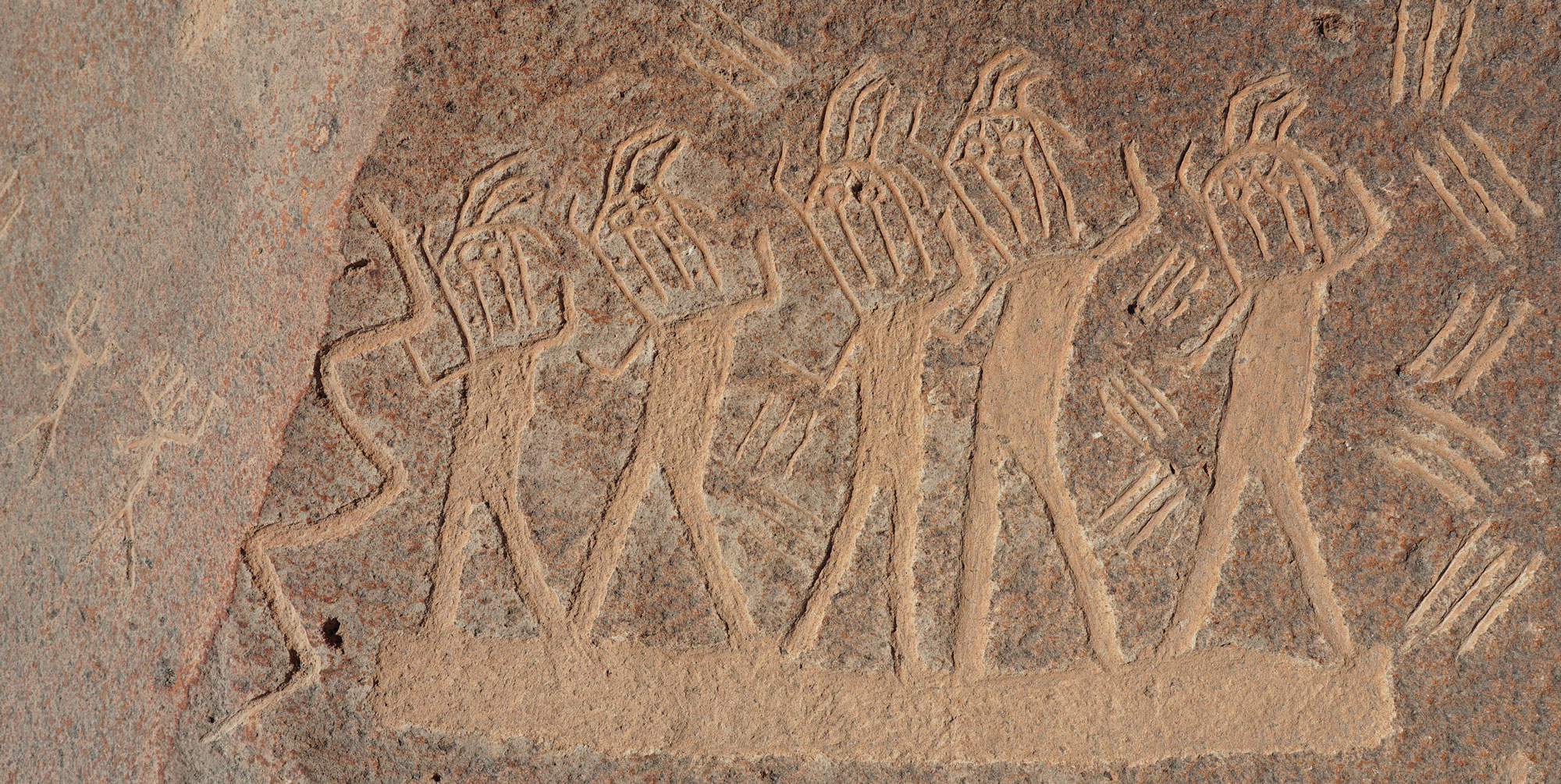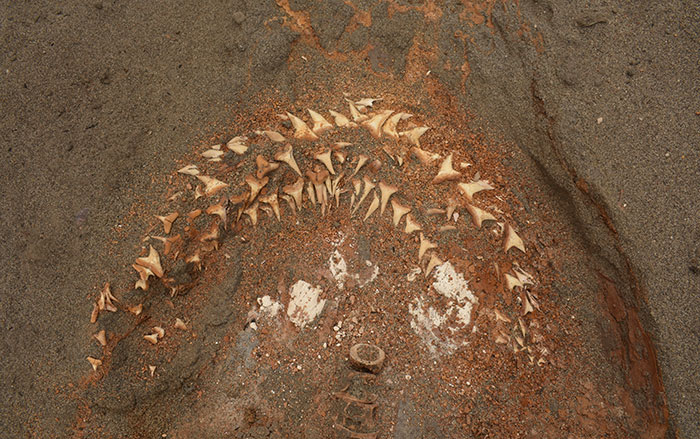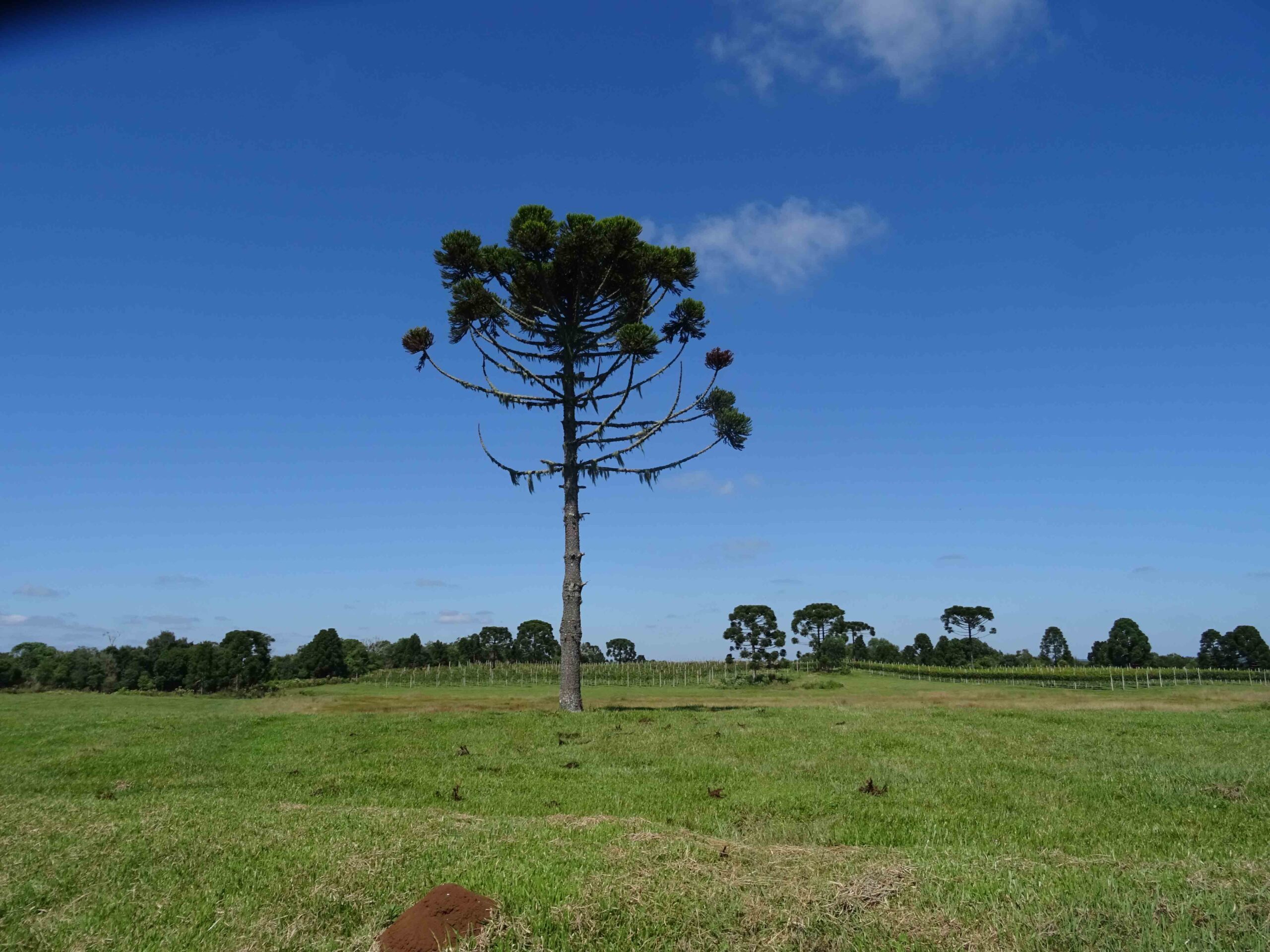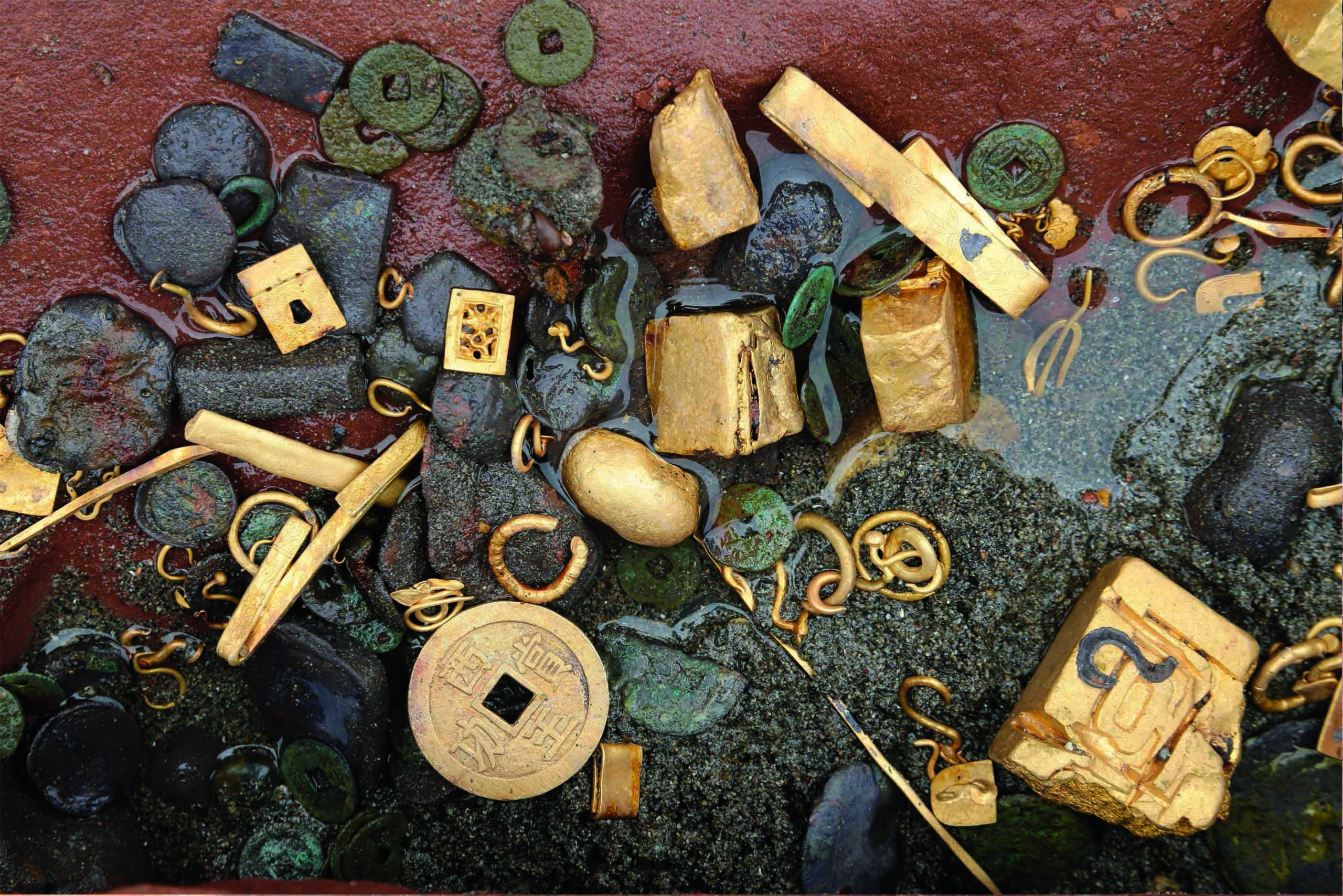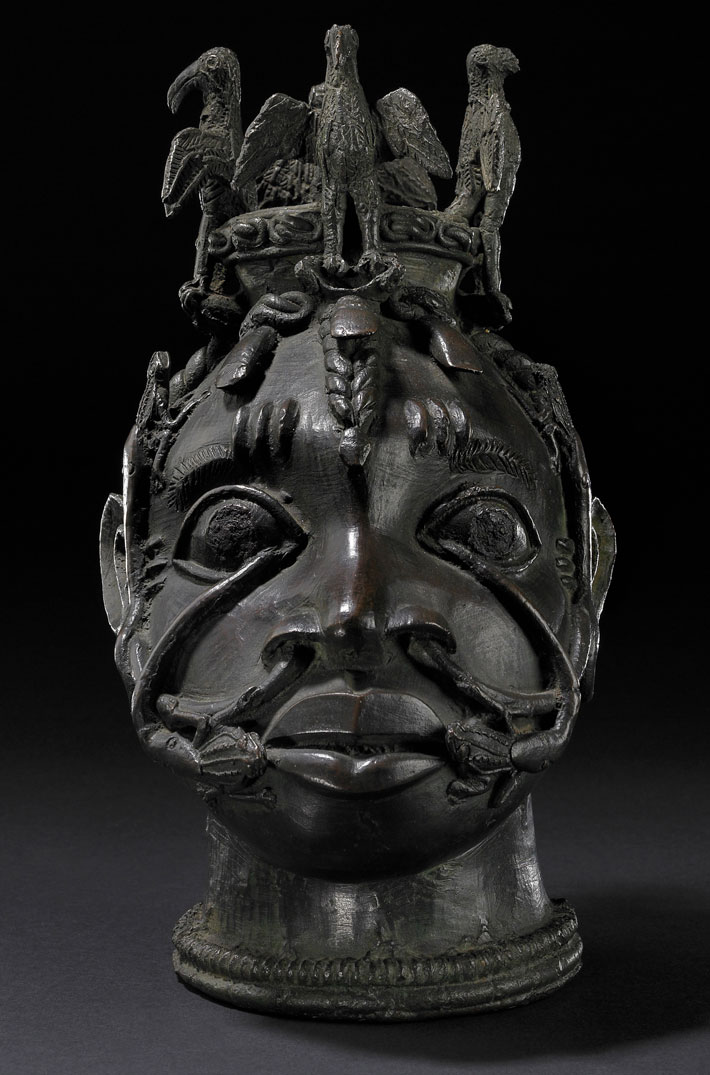
BOULDER, COLORADO—According to a statement released by the University of Colorado Boulder, William Taylor of the Museum of Natural History at CU Boulder and Juan Bautista Belardi of the National University of Austral Patagonia investigated the use of horses at Chorrillo Grande 1, a campsite used by the Aónikenk/Tehuelche peoples in a canyon in southern Argentina. The site yielded horse bones, Venetian glass beads, and nails and other metal ornaments. “The use of genetic and isotopic data showed a life history of the horses, where they were raised and their mobility between valleys,” Belardi said. The researchers determined that the hunter-gatherers at the site had quickly begun to use horses after they were introduced to the region by Europeans in the sixteenth century. “The advantages clearly showed up as soon as people had horses—the chance to save energy riding them, to extend the radius of hunting parties, less time needed to find prey and the ease to transport things, among others,” Belardi explained. This use of horses, including eating them and using their hides, was also largely independent of European control, the researchers concluded. Read the original scholarly article about this research in Science Advances. To read about the role of horses in human history, go to "The Story of the Horse."


